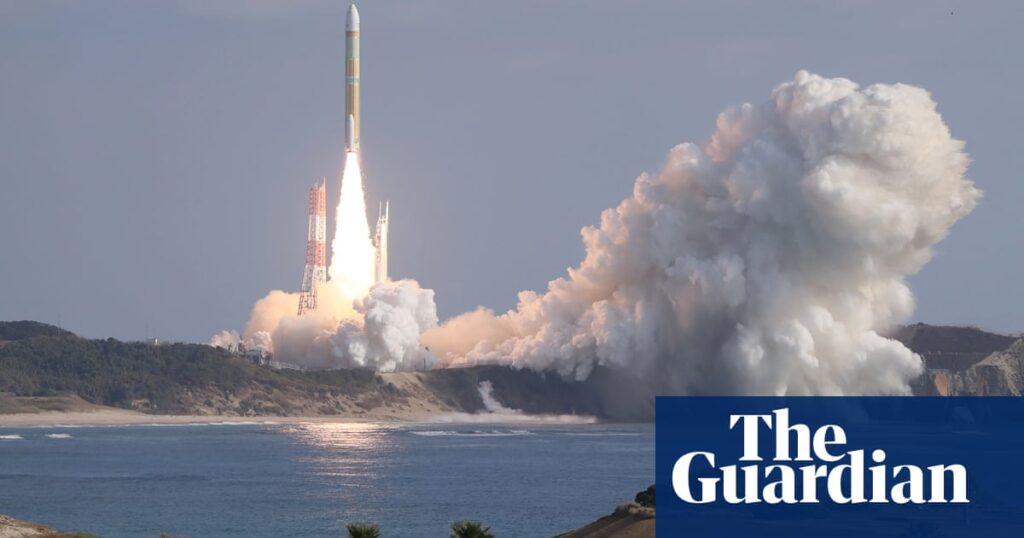Japan's space agency has successfully launched the second test model of its new flagship rocket, the H3, in a welcome boost to its space program after last year's failed maiden flight.
Following last month's historic “pinpoint” moon landing of Japan's Slim spacecraft, the launch will further boost the country's space credentials.
The Japan Aerospace Exploration Agency (JAXA) and prime contractor Mitsubishi Heavy Industries designed H3 to replace the 20-year-old H-IIA, hoping its lower cost and larger payload capacity would lead to launch orders from customers around the world. Are expected.
JAXA announced that H3 was successfully launched at 9:22 a.m. Tokyo time (0:22 GMT) on Saturday in a live broadcast showing scientists clapping and hugging each other at the Tanegashima Space Center. The company announced that the engine was operating normally and that the project was “progressing smoothly.''
The rocket will release one microsatellite, then another microsatellite, and a dummy satellite approximately two hours after liftoff.
H3's first flight in March ended with ground control destroying the rocket 14 minutes after liftoff because the second stage engine failed to ignite. In a review released in October, JAXA listed three possible electrical failures, but could not pinpoint the direct cause. The failure caused widespread delays in the country's satellite and planetary exploration programs.
JAXA is scheduled to hold a press conference later Saturday.
The 63-meter (297-foot) H3 carries a 6.5-metric-ton payload into space and uses a simpler structure and automotive-grade electronics to reduce the cost per launch to 5 billion yen ($33 million). It is designed to reduce the amount of In contrast, H-IIA costs approximately 10 billion yen per launch.
The government plans to launch about 20 satellites and probes on H3 rockets by 2030. H3 is scheduled to deliver a lunar probe to the Japan-India joint Lupex project in 2025, and a cargo spacecraft to the U.S.-led Artemis lunar exploration program in 2025. future.
Demand for satellite launches is surging thanks to the rise of affordable commercial vehicles like SpaceX's reusable Falcon 9, and many new rockets are being tested this year.
Last month, the United Launch Alliance's Vulcan rocket, a joint venture between Boeing and Lockheed Martin, made its first successful flight. The European Space Agency also plans to launch the low-cost Ariane 6 for the first time this year.

